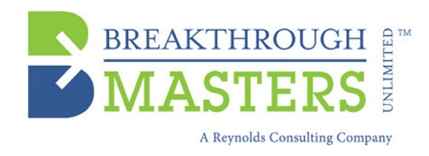At a recent board meeting of a membership organization, the group discussed a critical decision with high influence on membership emotional satisfaction. There were three factors involved. First, how much did the issue influence safety for members, secondly, the strength of membership sentiment on the matter and third, potential liability if there was a significant negative future event regarding this issue. The board opted to choose legal/financial risk as the major factor, deciding to eliminate all exposure by not allowing the activity to occur. The data suggested that this particular activity did not highly influence overall safety outcomes, and there had been no previous liability from a previous similar event in the organization’s multi-decade history. However, it was a possibility that such a negative event could occur. The board felt their stewardship leaned toward protection of the club’s exposure over membership emotional good will. What decision would you make?
No decision is without risk. The questions we must ask ourselves as leaders is when, and what kind, and how much risk is acceptable? I think most of us agree that every day we accept risk, as we get behind the wheel of a car, as we buy life insurance for our families, and as we get wellness checkups to help stave off preventable diseases. On the business side, we look at decisions in terms of tradeoffs, what is the acceptable risk based on an acceptable return. Unfortunately, not all risk can be measured in dollars. Here is a list from the Corporate Financial Institute of risk types that often get evaluated in an organizational setting:
- Systematic Risk – The overall impact of the market
- Unsystematic Risk – Asset-specific or company-specific uncertainty
- Political/Regulatory Risk – The impact of political decisions and changes in regulation
- Financial Risk – The capital structure of a company (degree of financial leverage or debt burden)
- Interest Rate Risk – The impact of changing interest rates
- Country Risk – Uncertainties that are specific to a country
- Social Risk – The impact of changes in social norms, movements, and unrest
- Environmental Risk – Uncertainty about environmental liabilities or the impact of changes in the environment
- Operational Risk – Uncertainty about a company’s operations, including its supply chain and the delivery of its products or services
- Management Risk – The impact that the decisions of a management team have on a company
- Legal Risk – Uncertainty related to lawsuits or the freedom to operate
- Competition – The degree of competition in an industry and the impact choices of competitors will have on a company
In the above scenario, they were willing to accept management risk and social risk in exchange for no legal or financial risk on a specific issue. While the first two are more difficult to measure than the last two, in this case the probability of occurrence was higher and may have repercussions in loyalty, satisfaction, retention, referrals and potentially leadership credibility. Time will tell whether the decision was a good balance of risk.
Another company I am familiar with made a decision to stop using the word safety when it promoted its product to customers due to nuisance lawsuits regarding product issues. Although several lawsuits were filed, none were lost. But it was frustrating to deal with. Years later, a study revealed that industry-wide, customers viewed safety as a key buying criterion. Customers experienced with the product of the aforementioned firm, held the belief that the company who gave up the claim still had the safest products. By then a competitor asserted they held the title of safest products in their marketing campaigns. Since that discovery, that safety was important and they could own and leverage it, they reversed their stance and have been able to re-establish and promote their role in industry safety with no adverse risk in the market and are thriving.
As you consider risk in your firm, remember it is not purely an issue of financial computations but the impact of the decision on all areas that influence financial return—such as attitudes, emotions, habits, and behaviors. Some risk is inevitable for high-performance companies. Choose wisely.

